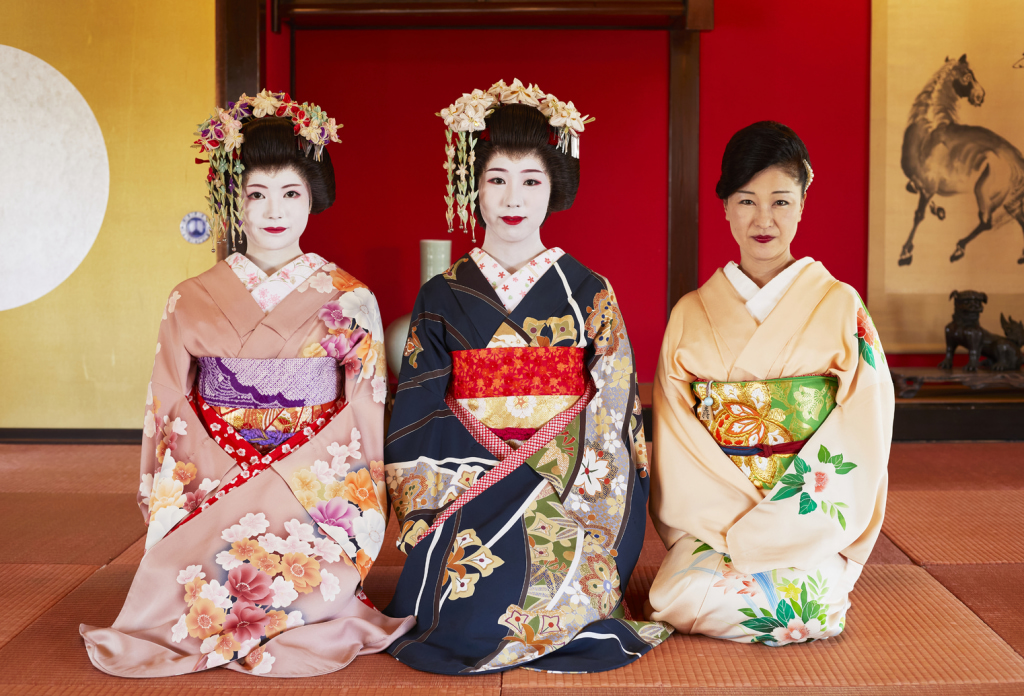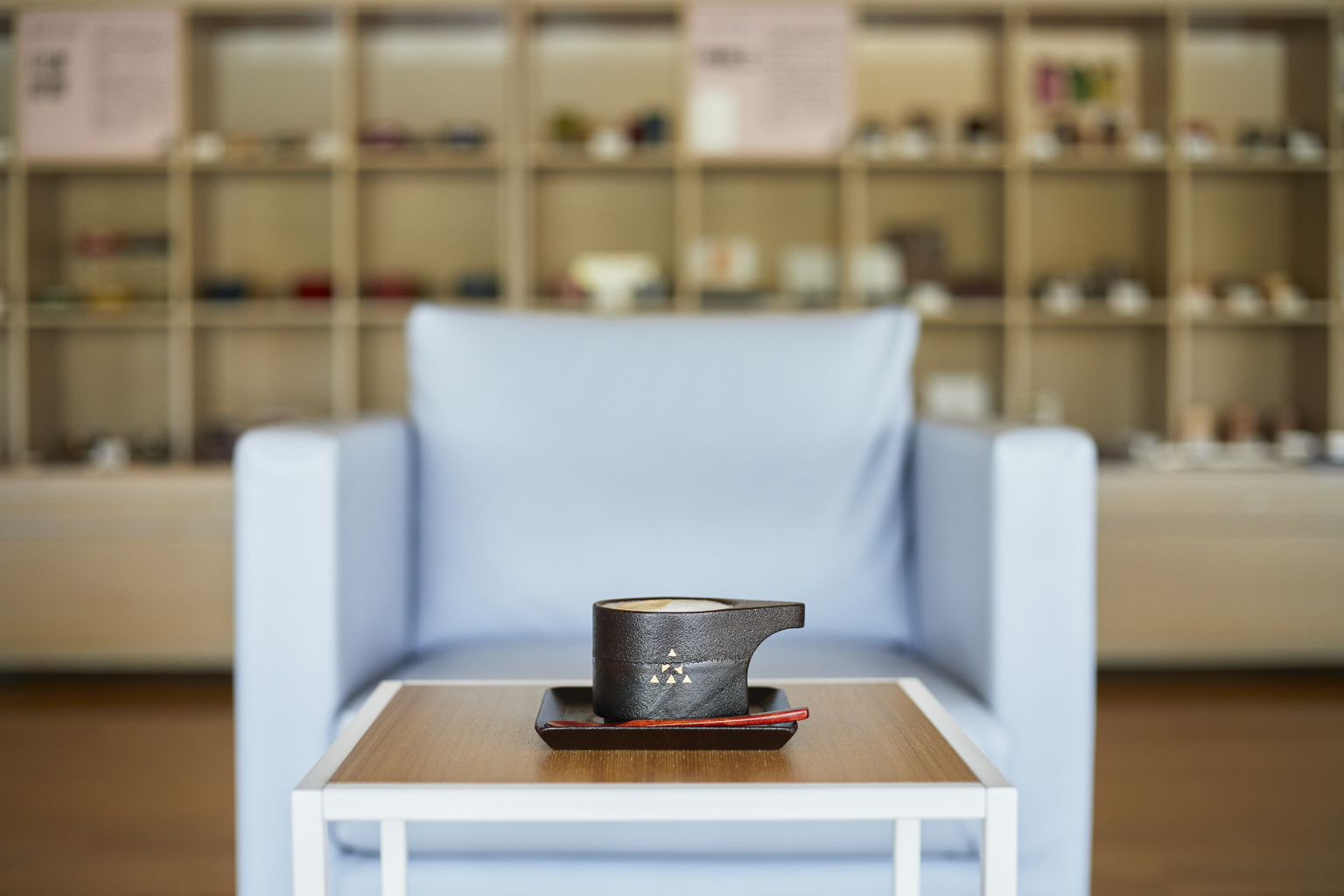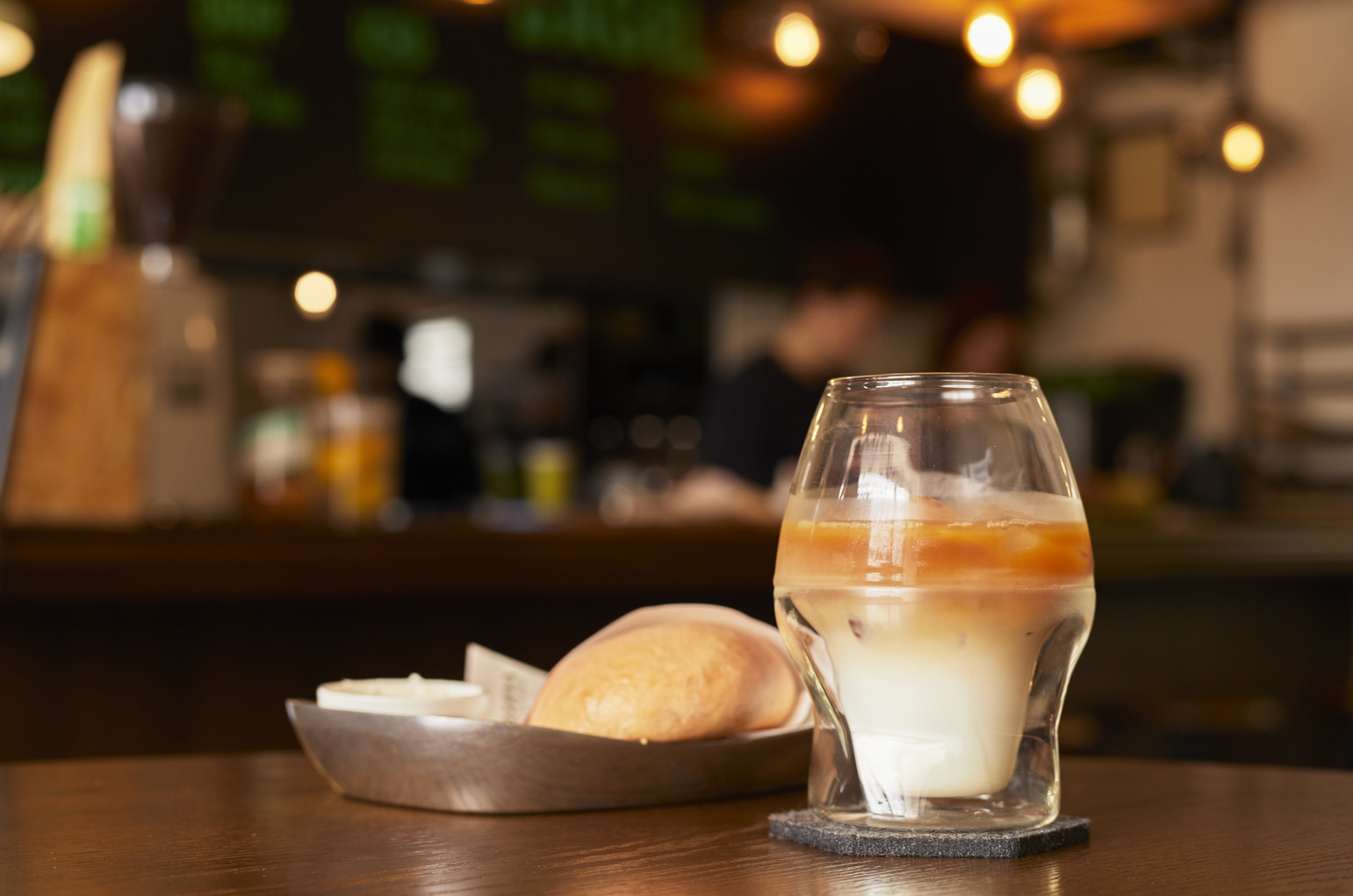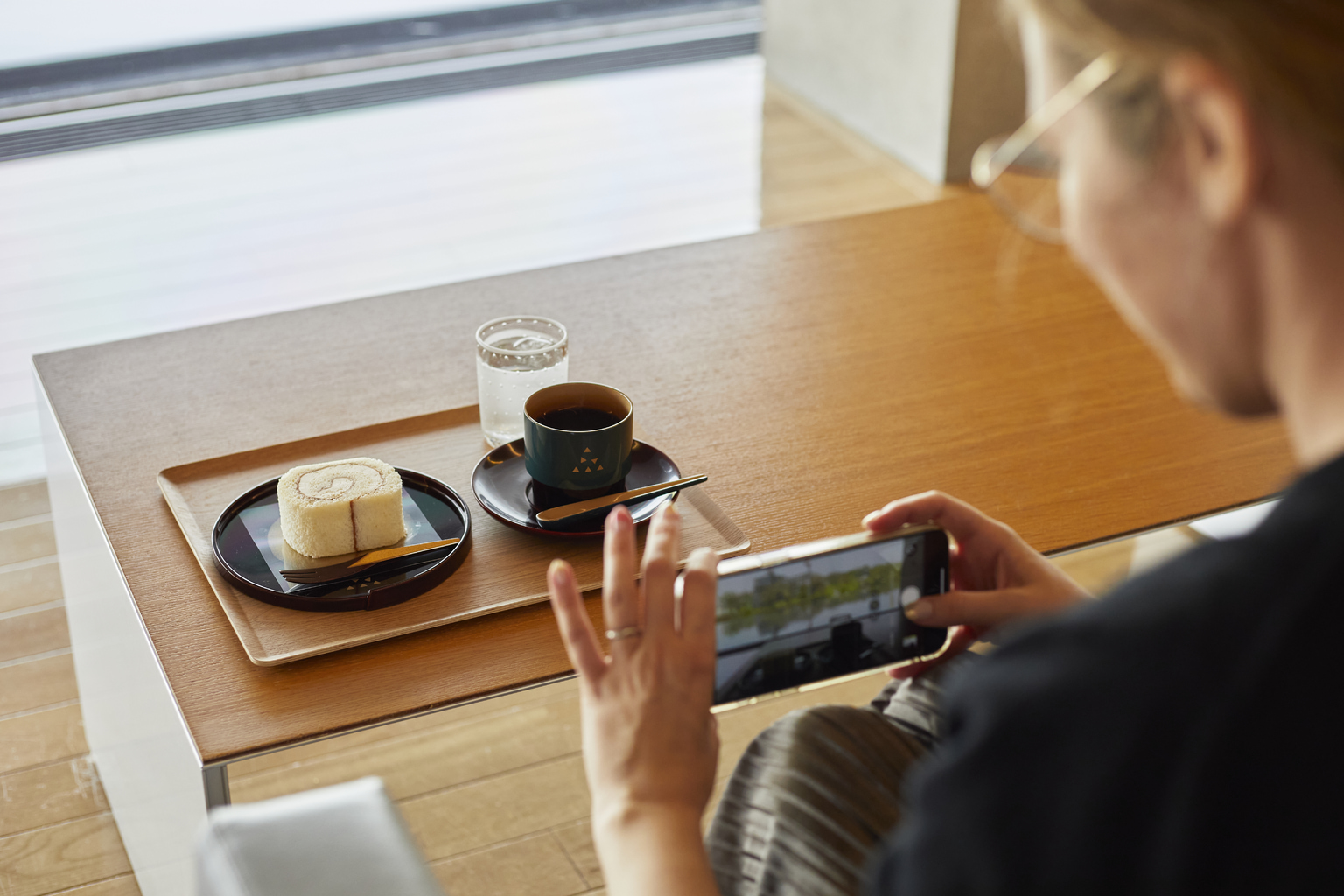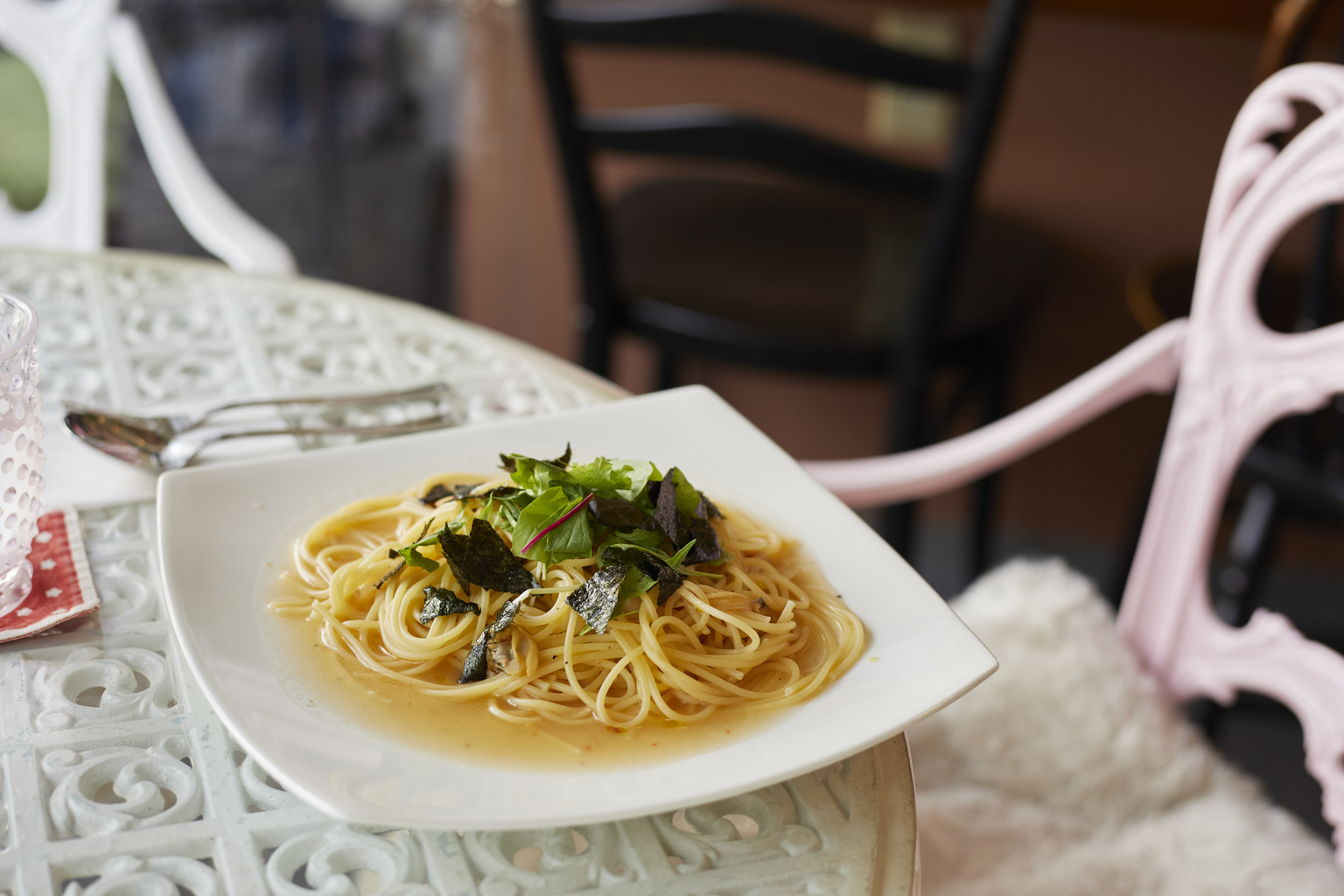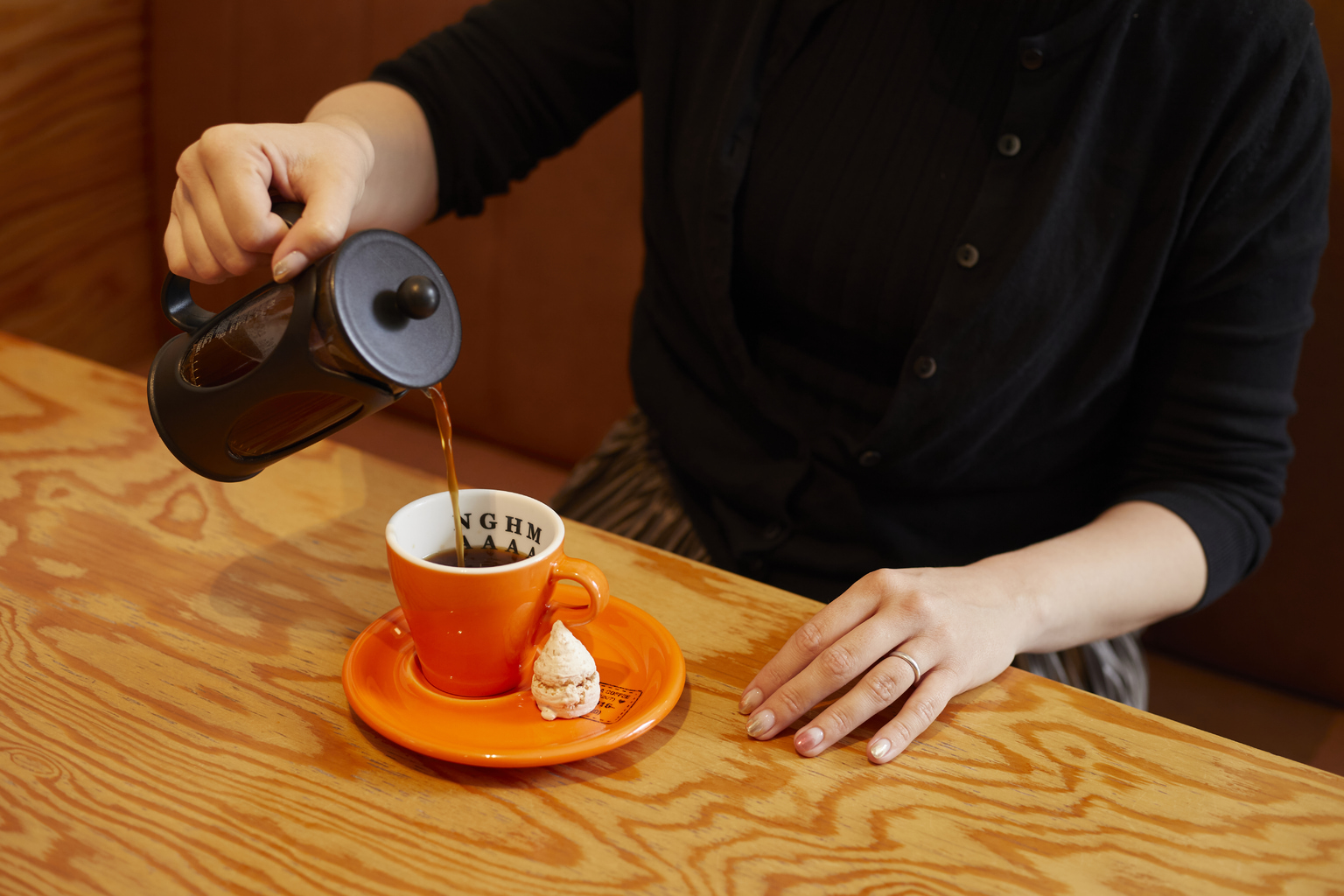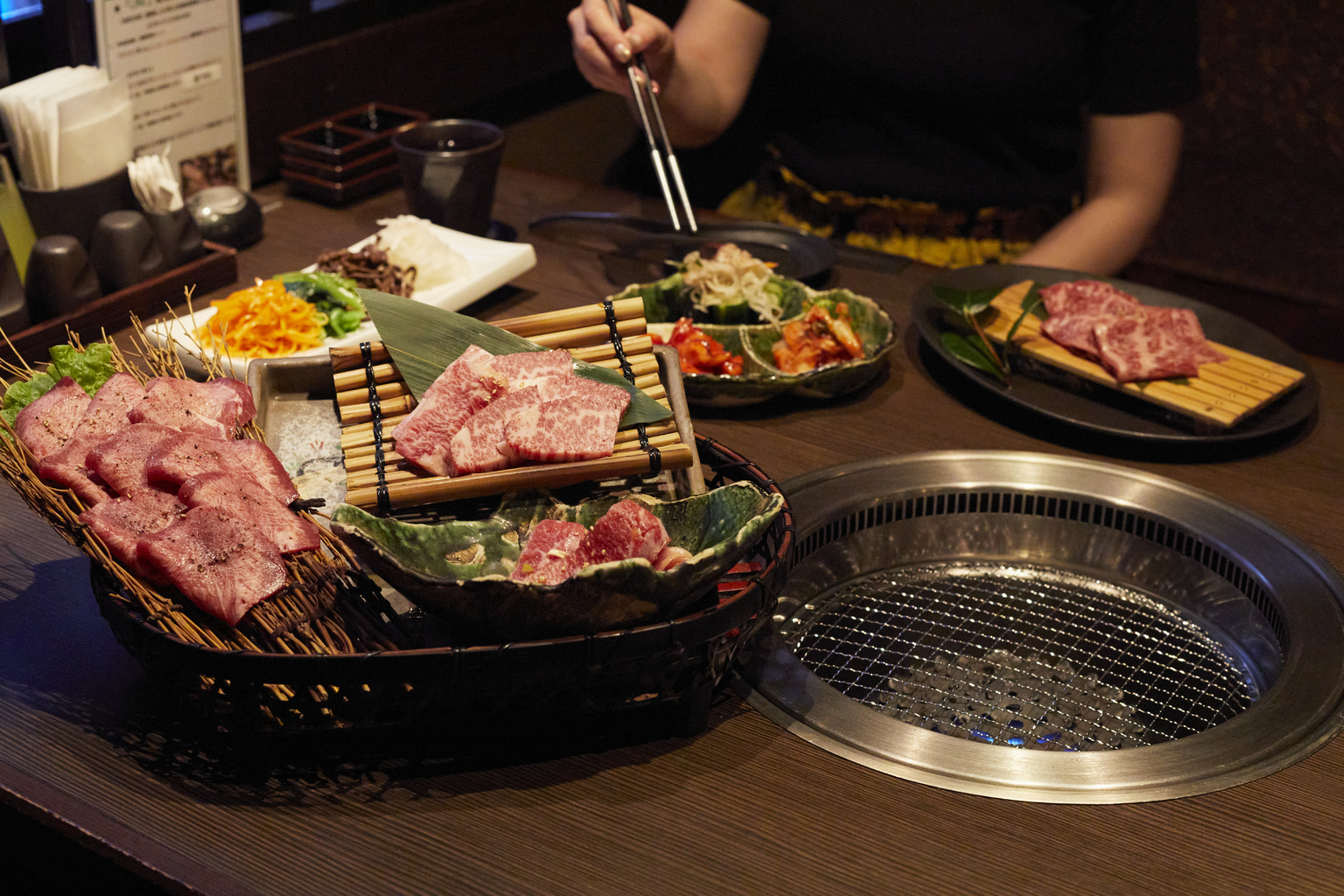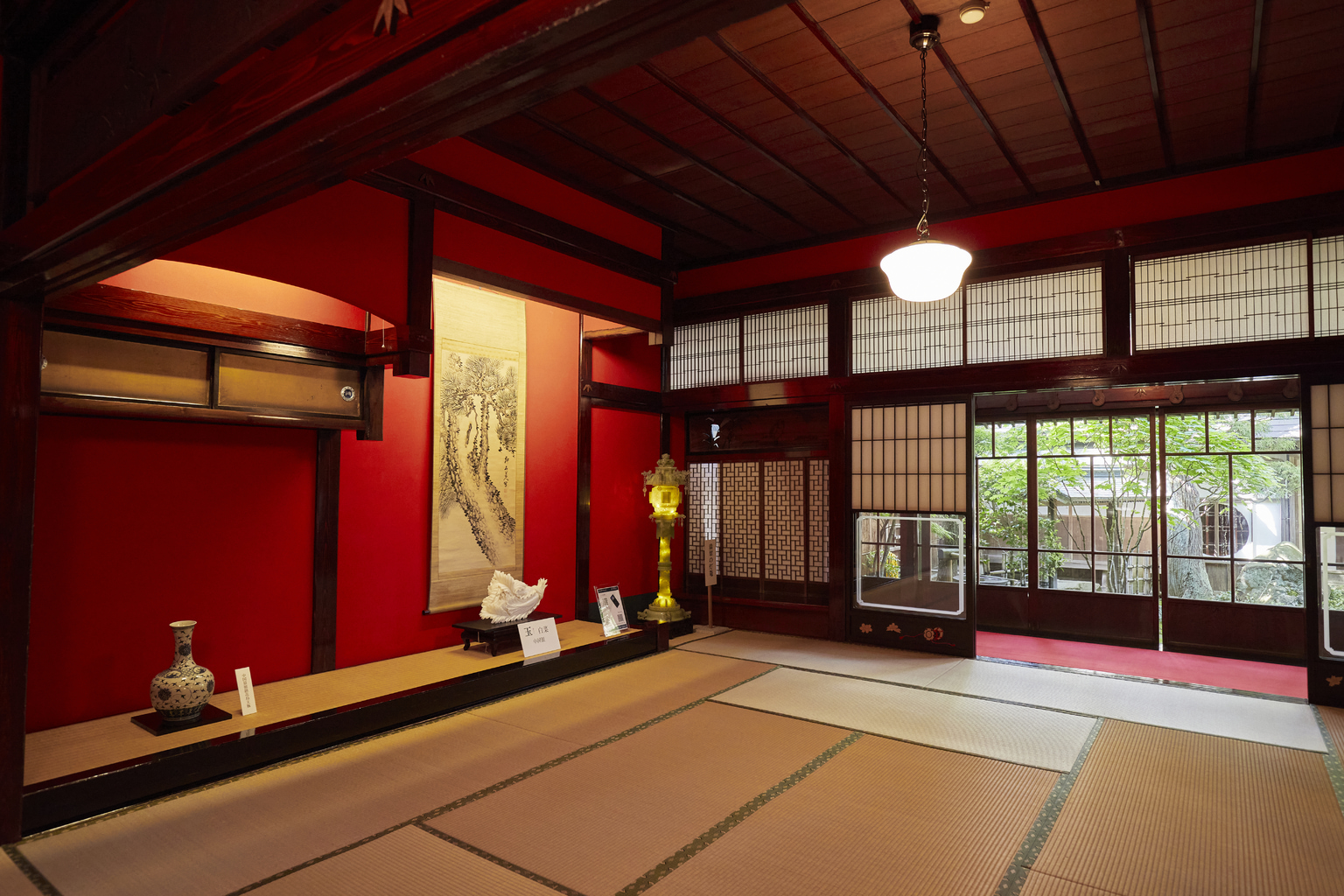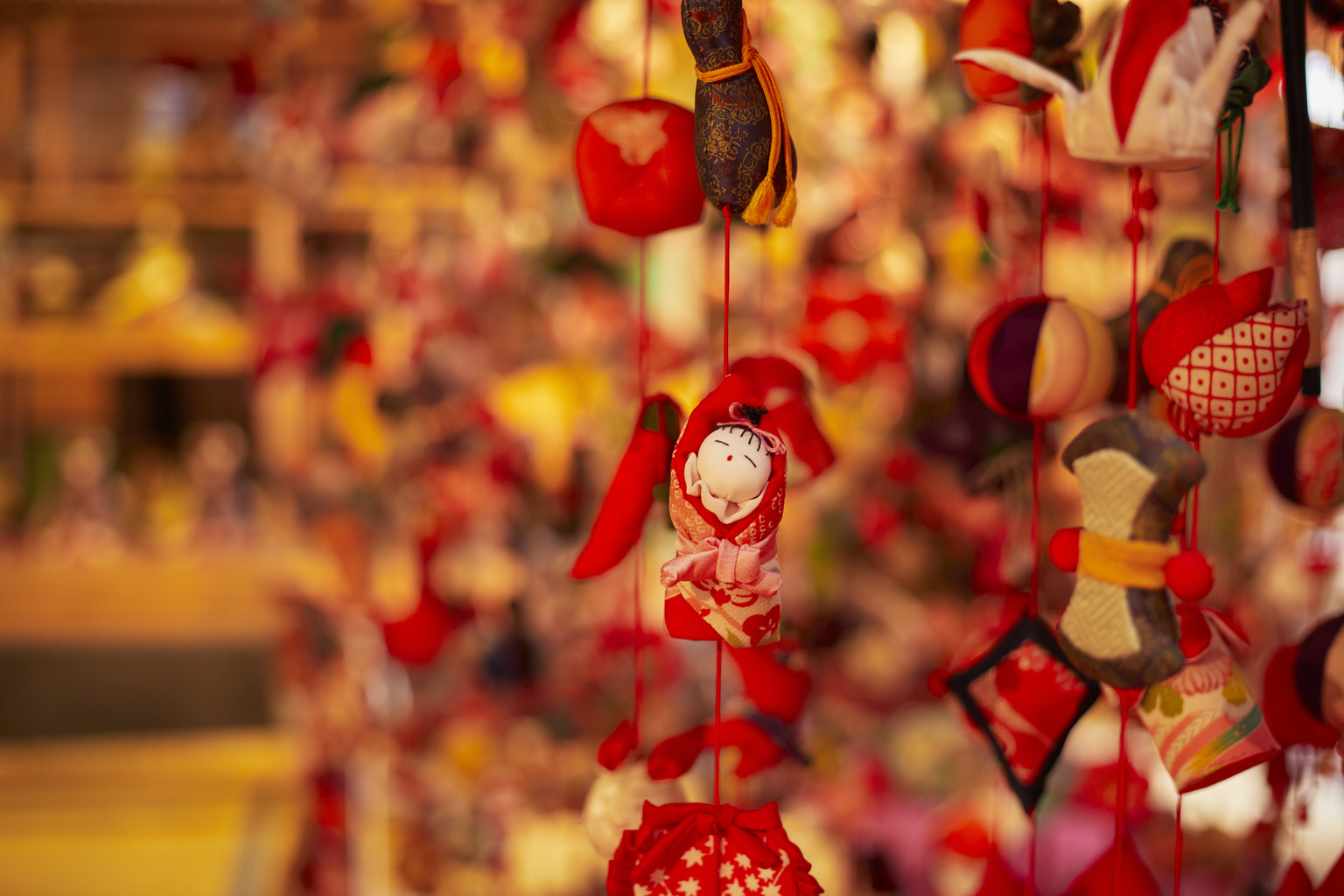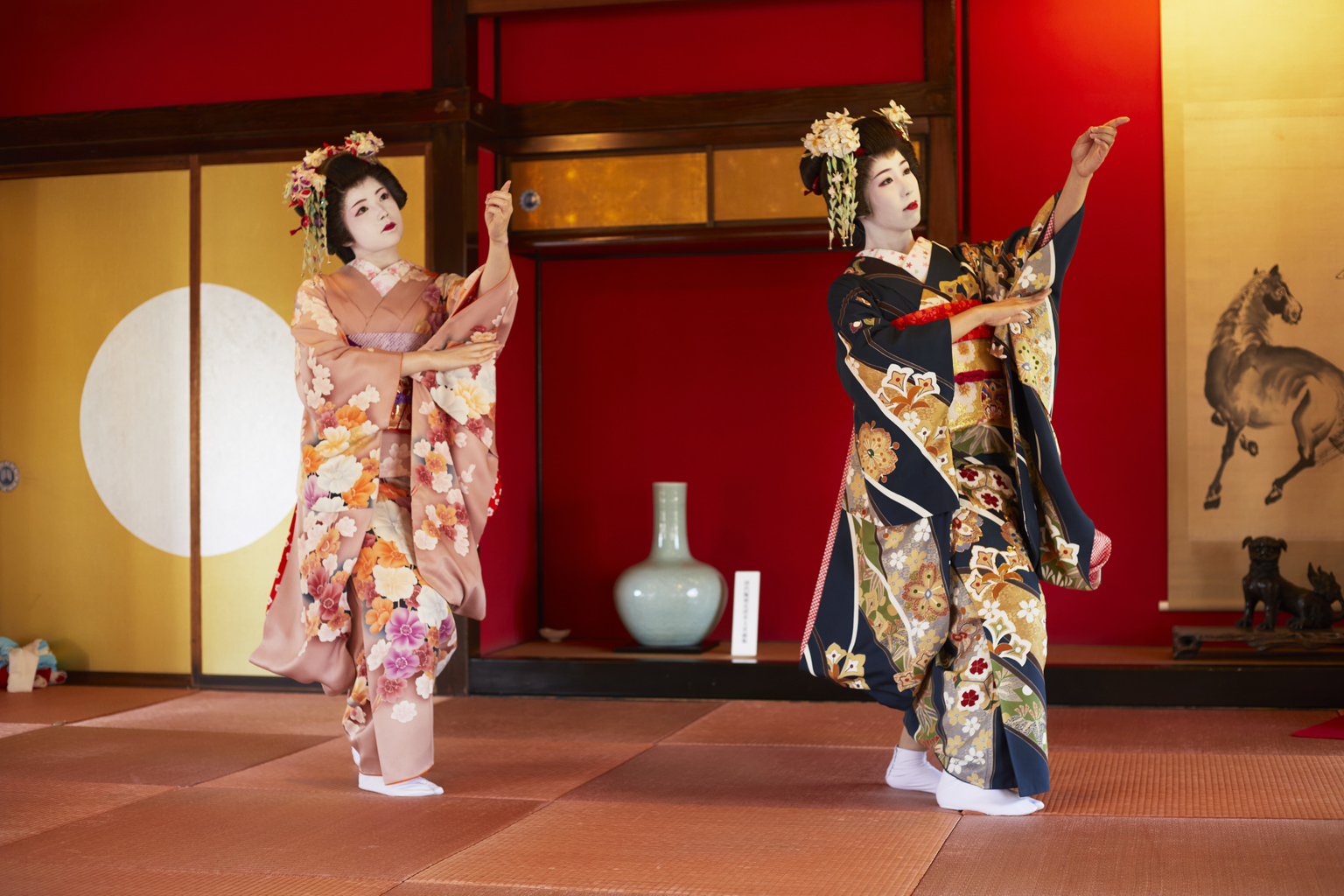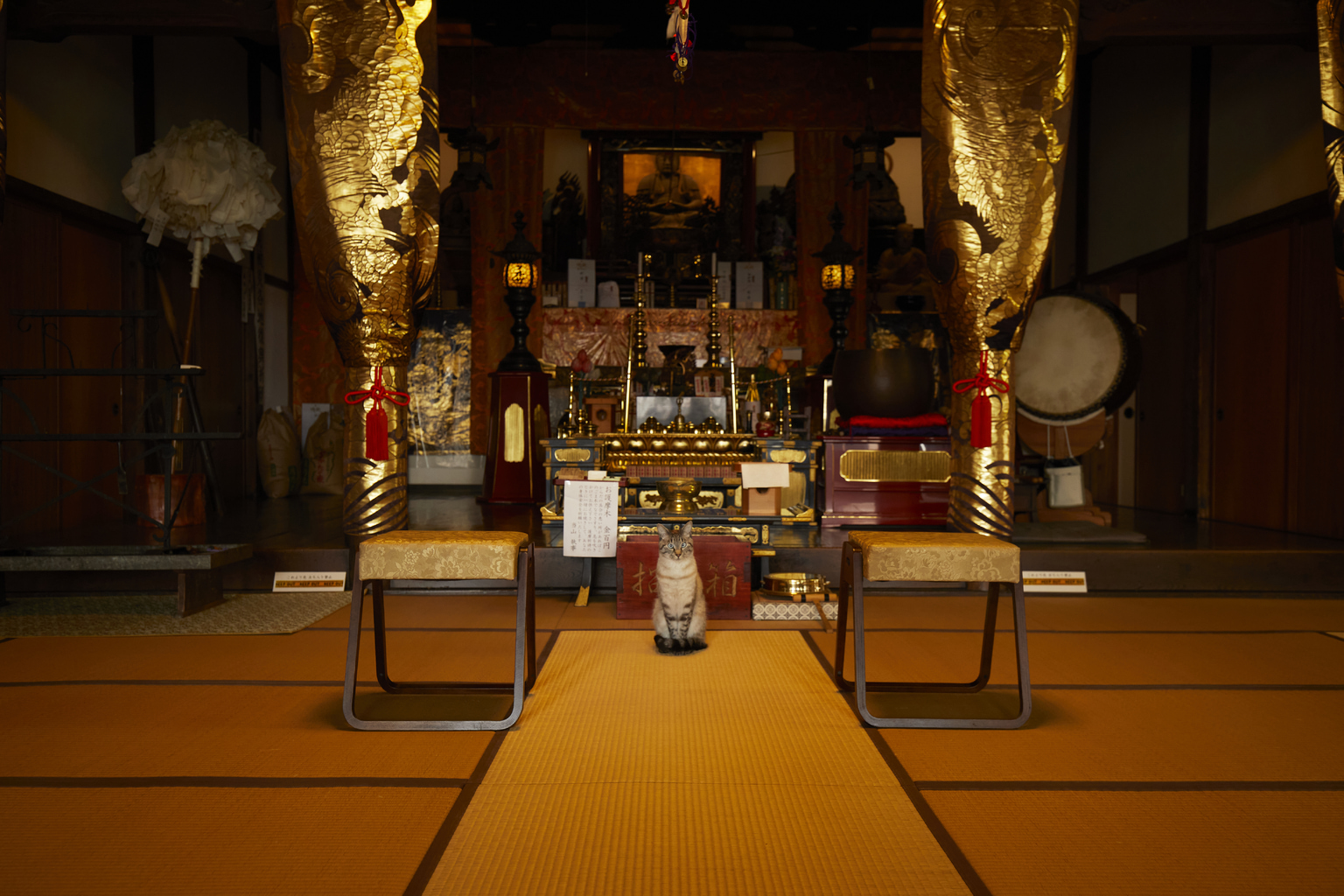After ticking off Aomori Prefecture on our JR East Pass (Tohoku area) list, we move on to Akita and Yamagata. Akita Prefecture has broad cultural, natural and culinary appeal with its Akita dogs, extravagant festivals, delicious kiritanpo nabe and fearsome namahage ogres. We’ll be taking a closer look at the prefecture’s more cosmopolitan side, centered around Akita city. As for Yamagata Prefecture, we’ll explore the Shonai region’s connections with Kyoto and the unusual tradition of “living” Buddhas.
Akita City: Compact City Life
Exit Akita Station from the west side and walk under the overpass to find a lush lawn of brilliant green grass (season allowing) with diagonal walkways slicing through, creating small islands, each inhabited by lounging couples or teens hanging out after school. In winter, the grass is hidden under layers of snow and a winter illumination display takes over the space. Akita Station is an important hub in a city center that is compact enough to explore easily on foot. There are many historical and cultural sights that await. But first, coffee.
Coffeejack
For bagels and rich, powerful coffee, Coffeejack is your best bet. Opened in 2020, this chill café down the hill from the northeastern corner of Senshu Park serves New Zealand Allpress brand coffee with a selection of seasonal sweet and savory bagels. From Green Day (that’s spinach and bacon) to Royal O.G. (Earl Grey tea and orange), there’s always a creative pun involved. Eat in, or grab a bagel to go to enjoy in Senshu Park, which is a 1-minute walk up the hill behind the store.
Akita Museum of Art
South of Senshu Park you’ll find Tadao Ando’s stunning architectural masterpiece, Akita Museum of Art. It’s home to an incomparable collection of works by Leonard Tsuguharu Foujita and hosts regular exhibitions by local and international artists alike. The museum café and shop Kofuu is a long narrow space with floor-to-ceiling windows facing the park. A pool just outside creates a sense of distance from the world outside, making it feel like one of the museum’s paintings. From here you can spy azaleas in May and babahera ladies — women selling rose-shaped ice creams in a cone — on the bridge in summer. Enjoy a selection of treats paired with coffee or tea, including a milky white rice flour roll cake, inspired by Leonard Foujita’s creations. Items are served on Kawatsura lacquerware, which is also for sale at the shop along with other traditional Akita crafts, such as kabazaiku (cherry bark) accessories, Odate magewappa boxes and more.
Kissaten
Operating as a roastery for over 90 years and a coffee shop for over 40, this retro kitsch café has a history as impressive as its name, which just means coffee shop. If you want traditional Italian-style coffee combined with hearty Japanese-Italian fusion pasta (think Spaghetti alle Vongole in Bianco sprinkled with nori seaweed), then this is the perfect place to while away a couple of hours. Grab a spot by the garden table at the window for a view of people going about their business in the city below.
Nagahama Coffee Akita Ekimae Shop
Nagahama Coffee is an Akita-based coffee chain, run by coffee nerds. Always working to improve the quality of their beans through sourcing and roasting methods, they even have certified coffee appraisers who judge at competitions. Order the daily blend to get a laminated information card giving you the name and a detailed flavor profile for your brew. It’s a great place to pick up some coffee-themed souvenirs for your local coffee fiend back home.
Top Tip: Dinner at Akita Gyugentei Ekimae Store
Dine at Akita Gyugentei Ekimae Store for high-quality, mouthwatering Akita wagyu for an absolute bargain. Starting out as a butcher’s shop, this restaurant has direct connections with local farmers and knows how to make the most of the best cuts at the best price, from farm to table. Its sophisticated interior and expedient service belies its reasonable course menu prices and is a must-visit whether you’re on a budget or not.
Yamagata: Traditional Sophistication
Via the Uetsu Line, which trundles past surfers catching waves on one side and seemingly endless rice fields on the other, we arrive in Sakata city in Yamagata Prefecture. If you’ve seen the Oscar-winning film Departures, you’ll likely have seen scenes filmed in Sakata or other parts of the Shonai region. A historic port city, Sakata has deep cultural ties to Kyoto thanks to the kitamaebune ships that traded goods, know-how and cultural traditions during the Edo Period. Because of this fortuitus connection, Sakata long enjoyed wealth its regional neighbors did not. Merchant homes and lavish restaurants lined the streets and though few remain in their original state, there are glimpses of this glorious past across the city.
Sanno Club
Built in 1895, Sanno Club was the place for the crème de la crème of Sakata society and beyond. Not to be seen — the former restaurant’s many secret entryways and sheltered rooms attest to this — but to discuss business in a lavish yet private setting. Take the tour to learn of its intriguing architectural and artistic quirks that are deeply intertwined with the building’s illustrious history. Don’t miss the second floor, which features a wall-to-wall collection of kasafuku ornaments displayed from February to October every year. These decorations are handmade locally, often using recycled kimono fabric, then hung from tall umbrella-like stands — hence the name kasafuku, which translates to good luck umbrella.
Somaro Maiko Teahouse
Just a couple of blocks away from Sanno Club lies Somaro Maiko Teahouse, another ambassador of Sakata city’s traditional culture. As the name suggests, this is where you can encounter one of Japan’s elusive maiko. At its height Somaro — then a restaurant known as Somaya — had 160 entertainers to its name. By the early 1980s the number was down to half of that, with most geiko already ageing out of the business. In a last effort to revive and retain the culture, local businessman Kashichi Nitta and his company Hirata Bokujo took over the reins and ensured the culture’s survival. Now four fulltime maiko — they retain this moniker that implies apprenticeship despite being fully-fledged geiko — spend their days training and performing delightful dances. Konatsu, Ichika, Koyuki and Chizuru await your visit!
Top Tip: Kaikouji Temple and Its Flesh Icons
First founded by Kobo Daishi over 1,200 years ago, Kaikouji temple has long been a central point for many of the Dewa Sanzan — specifically Mt Yudono — pilgrims and ascetics. It’s also home to two so-called flesh icons, also known as living Buddhas. Venerable Chukai and Venerable Enmyokai are self-mummified monks who sacrificed themselves for the sake of humanity. Here they sit, side by side, in a dimly lit room wearing brilliant orange robes for all eternity. Every 12 years, in the year of the Ox — that’s this year, 2021 — attendants perform a delicate process of disrobing them and then dressing them in fresh garments. The old robes are cut into little pieces and placed inside omamori charms, thought to bring the owners protection from calamities and ill fortune. Out of 16 confirmed flesh icons in all of Japan, Kaikouji is the only place to have two on display for visitors to see. While you’re here, head to the main temple building to catch a glimpse of resident cheeky cats Shiro and Kuro, who will often be found snoozing on the monks’ cushions or sitting on top of the collection box.
Akita and Yamagata Prefectures: How to Get Here
The JR East Pass (Tohoku area) will get you to and around Akita and Yamagata with ease. Seat reservations are generally not necessary. However, you can reserve a seat on Shinkansen and limited express trains at no additional fee — with the exception of Green Cars and GranClass trains, both of which require an extra fee.
Do be aware that if you’re planning to take a direct route back to Tokyo from western Yamagata Prefecture that the pass only covers the Joetsu Shinkansen from Echigo-Yuzawa onwards. If you want to pass through Niigata Station, for example, an extra fee is required.
Note: The tourist facilities, restaurants, etc. mentioned may be subject to sudden closures or changes in business hours. Please check the relevant websites for updates before your departure.
Where would you like to go first? Not sure how to plan your trip yet? Check out JAPAN RAIL CAFE TOKYO for great advice and more information.
Photos by Ryoko Ogawa
Sponsored Post

